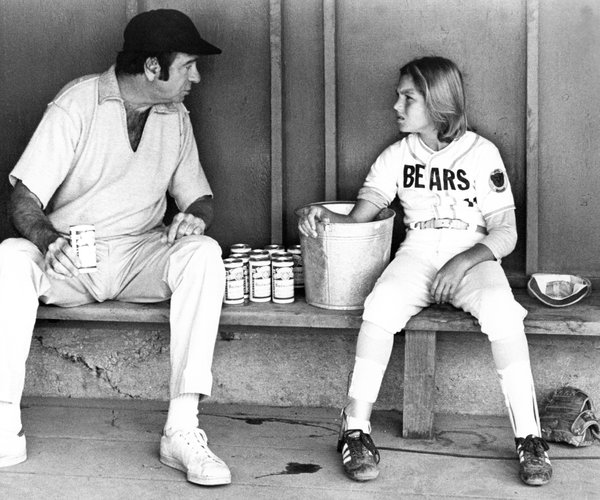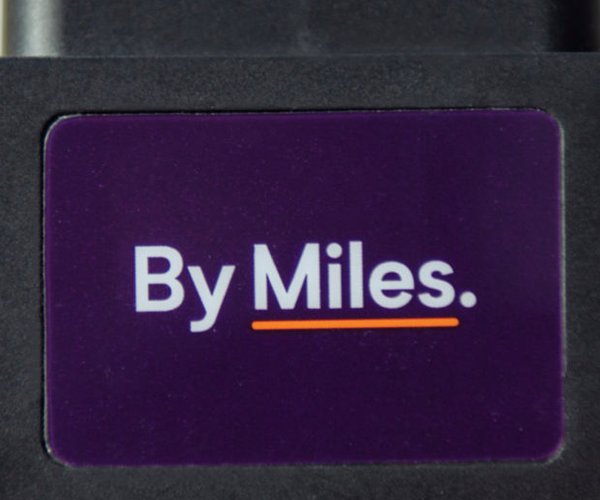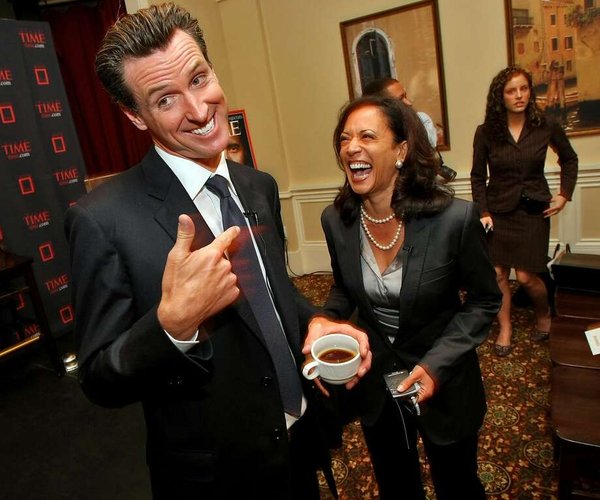So how does Manteca 2020 really compare to Manteca 2000?
Clearly there are more of us. The census at the turn of the century put the city’s population at 49,743. Today we’re right around 85,000. That’s a gain of 25,000 people. It likely means there are about 12,000 more vehicles.
Has traffic gotten worse? Yes. Is it the worst it has even been? Nope. Go back to the early 1970s when it would take residents driving across town often between 5 and 10 minutes to cross — or turn onto — Yosemite Avenue. That’s because there was no 120 Bypass. Highway 120 was Yosemite Avenue. Traffic on Fridays and Sundays literally backed up for miles in a crawl as people passed through Manteca going to and from the Bay Area and the Sierra.
Twenty years ago downtown had early 1960s-era tired looking streets lights, just as many problematic buildings as it does today, Library Park was much smaller and sported just a gazebo and not much of anything else except trees and picnic tables.
There was no Target, no Costco, and no Kohl’s. Nor were there a lot of other retailers that we take for granted today. Based on a survey the city had conducted, more than 30 percent of the consumer dollars Manteca residents spent was being dropped in Modesto, Stockton, Tracy, and elsewhere. Costco — which the city actually played the pivotal role to locate here instead of a second Modesto store or in Lathrop — accounts for a chunk of that shift.
Now Manteca doesn’t have a “net” retail bleed when it comes to consumer dollars. That’s because things we didn’t have in 2000 — Bass Pro Shops, JC Penney, and Costco — are drawing consumer dollars not just from neighboring cities but in the case of Bass Pro up to 100 miles away.
You may not like the restaurant choices but the number of options from chains to “mom and pops” that people often overlook because they aren’t on their radar based on state data are up by about a third.
Woodward Park was mostly weeds. There was no picnic pavilion, no soccer fields — let alone lighted field, no playground equipment, no basketball, courts. There were no lighted fields at Northgate Park. There was no Big League Dreams, no indoor soccer arena, and no Spreckels Park BMX course.
Much of the Tidewater Bikeway was anything but appealing. The Moffat Boulevard leg was completely devoid of trees.
Speaking of Moffat Boulevard it was lined with vacant buildings the homeless and druggies were trashing and even burning. Most of Moffat lacked sidewalks, curbs, gutters, and drainage. There was a blighted trailer park that was magnet for blight right across from Manteca High. The city property along Moffat was a makeshift dumping ground for people too lazy to haul their trash to the Lovelace Transfer Station. There was no Transit Center. Moffat Boulevard itself was arguably the most deplorable street in Manteca in terms of pavement conditions.
There was a woefully inadequate 1955 era interchange at Yosemite and Highway 99 that was trashy and weed infected. The Lathrop Road and Highway 99 interchange wasn’t much better. The Moffat Boulevard exist to head into Manteca was still a left lane exit from northbound 99 via a flyover bridge that triggered numerous accidents due to the rarity of such exits.
There were only a handful of “tract” homes south of the 120 Bypass. Freeway access at the Union Road overpass was only a few years old as access ramps had been installed just four years prior.
There were few employers in Spreckels Park. There was no Lineage Refrigeration, no Ford Motor Company Small Parts Distribution, and no Dreyer’s Ice Cream. Spreckels Avenue stopped at the edge of the Food 4 Less parking lot. There was no Pet Smart, no Central Valley Cancer Treatment Center, and no Doctors Hospital outpatient surgery center.
There was no Spreckels Bikeway. Industrial Park Drive was a dead-end.
Atherton Drive did not exist. There was no Orchard Valley and no 16-screen cinema.
There was no Union Road Fire Station, no dog park, and no Manteca Community Center/Manteca VFW Hall.
There are a lot more things we have now in Manteca that we didn’t have then. Before you say there wasn’t traffic or crime, you need to refresh your memory. Yosemite Avenue was the pits to cross before the 120 Bypass was built. Yes there is more day-to-day traffic in town but the trade-off is that the traffic that is the result of more homes is the inescapable byproduct of partially addressing arguably the biggest complaint that people that dismiss growth as evil have which is the need for more shopping, dining, and entertainment options in Manteca. It’s pretty straight forward. You can’t get those without a larger consumer base.
As for growth making Manteca crime-ridden that is really perception driven. Not only has there always been crime in Manteca and elsewhere but serious crime such as auto burglaries, vehicle theft, robbery, and murder is down in terms of crime per 1,000 people compared to 20 years ago. The statistics aren’t off on the argument people aren’t reporting crimes. That might be true with misdemeanors but not felonies.
Looking back at just the last 10 years even actual raw numbers are basically flat or down when it comes to crime. But when you factor in growth — seemingly everyone’s favorite reason to blame for any crime that is committed in Manteca — every felony category of crime is either dropping or not increasing.
Twenty years ago there was a meth lab bust every two or so weeks. There was meth labs in RVs parked in driveways. There were portable meth labs in car trunks. There were meth labs in garages of new $550,000 McMansions. There hasn’t been a meth lab bust in Manteca for ages.
You may point out this is because things change including crime.
That’s true.
It is also true that communities change, including Manteca.
It is the way the world works.
No one is saying that Manteca doesn’t have issues and needs.
But we need to keep things in perspective.
If everything that has changed in the last 20 years is all bad from where you sit you might want to cancel Netflix, smash the smartphone, trade your car in for a 2000 Buick, hunt for a 20-year-old color TV at a thrift store, and shuck anything else in your life that didn’t exist two decades ago.
You may not like everything that has changed — who does — but it certainly isn’t all bad.
The most honest way of looking at Manteca is to look at Moffat Boulevard as a whole. It is definitely better than in 2000, it’s still got issues, and it has potential.
Things are better. They can get better. And we need to work as a community together to make them better.
First, however, we need to look around and ponder where we are at, where we have been and then plot the course to where we want to go.
Simply slamming everything doesn’t make things better.






